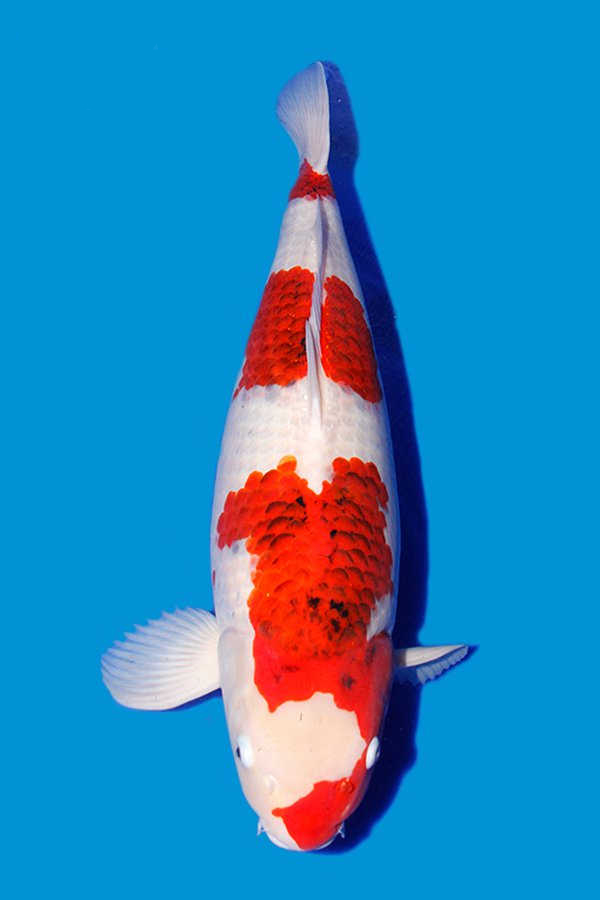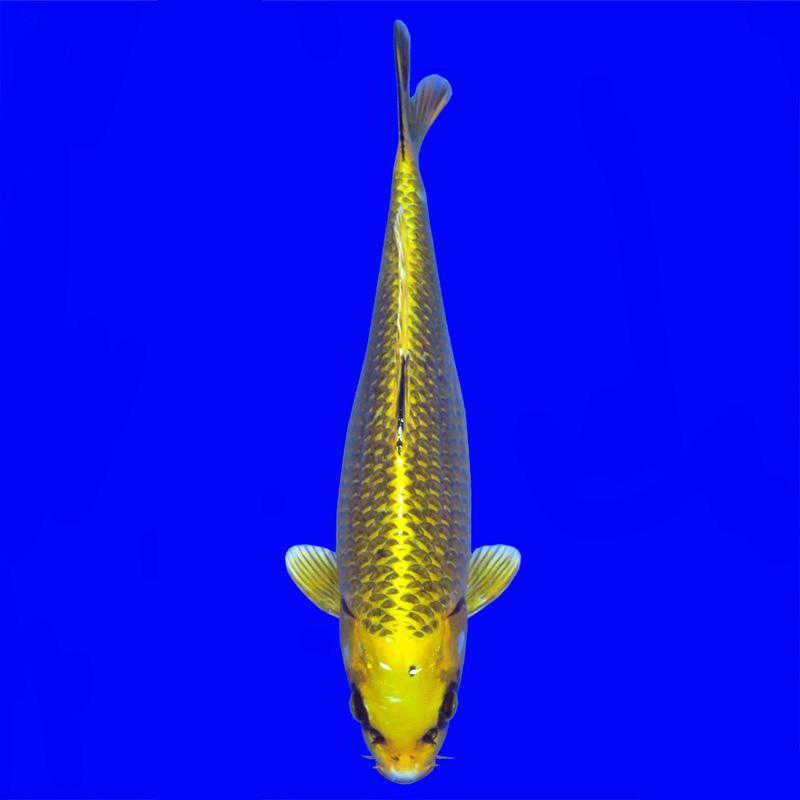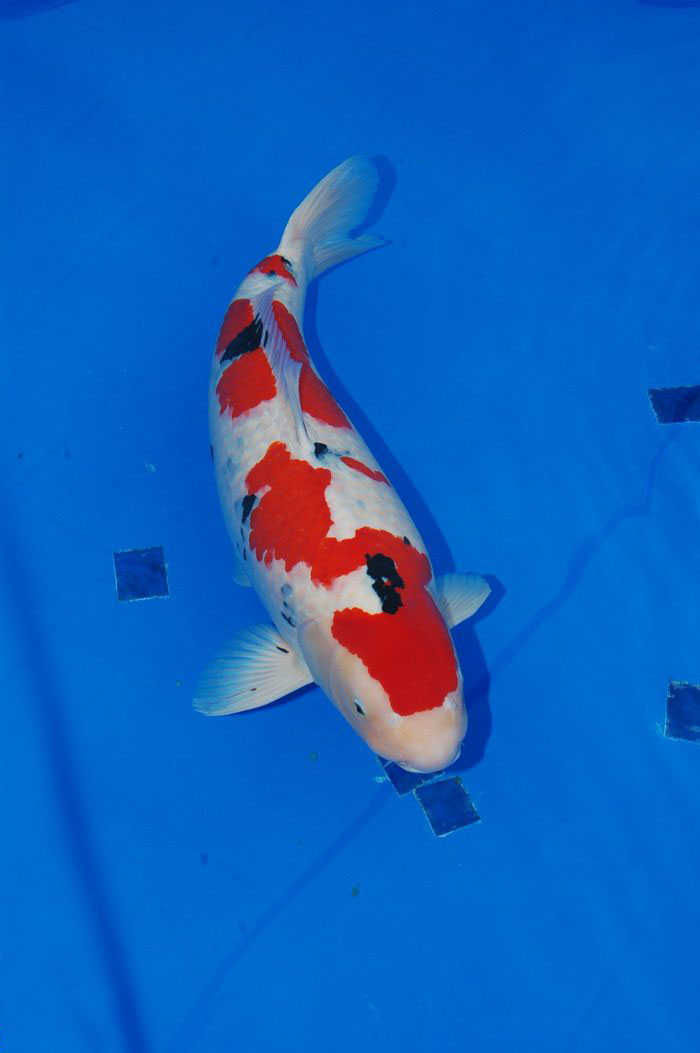Koi disease symptoms, paragonimus-parasite-koi disease and prevention-brocade carp
Paragonimiasis, also known as closed-mouth disease, is caused by the parasitism of paragonimus japonicus in the anterior intestinal tract of fish. The body is small and flat, nearly oval in shape, 0.53-1.3 microns × 0.21-0.52 mm in size and covered with small spines on the body surface. The oral sucker is located in the subfront, followed by the anterior pharynx, pharynx and esophagus.

The ventral sucker is located at 3 or later in front of the worm body. It is hermaphroditic and the reproductive foramen is located in the middle of the left side of the insect body. Paragonimiasis is a common disease of common carp.
The development of paragonimus requires marsh snail, field snail and spiral snail as intermediate hosts. The adults produce eggs in the intestines of the final host fish, and the eggs are discharged into the water along with the feces and develop into miracidia. The cercariae invaded the intermediate host and developed into cercariae and cercariae, and the cercariae may continue to develop into metacercaria in the snail. When the fish swallowed the snail, the metacercaria developed into adults in the fish intestine. At the same time, cercariae have the habit of migration, which can be removed from the snail and collected on the antennae of the snail. when the fish, especially the fry, swallow the cercariae, the cercariae directly develop into adults without the stage of metacercaria. The main developmental form of this worm is that the fish directly ingest cercariae and develop into adults.
Paragonimus japonicus is parasitic in the intestinal tract of fish, and large fish generally have no obvious symptoms. In brocade carp culture, fish fry, especially the early fry that entered the pond within 3 days after infection, because the worm body blocked the intestinal tract, affecting the feeding and digestion of fish fry, so that it can not get the necessary nutrition to maintain life, resulting in a large number of deaths. The sick fish fry are black, shut up and do not eat, the fish is thin, stagnant in growth, unable to swim, and clustered in the leeward of the pond. A large number of deaths can occur within 3-5 days of onset. The worms in the intestines of diseased fish can be collected, stained and identified by microscope, or observed in vivo by microscope.
Treatment:
(1) Fish fry and summer flower fry ponds, do not use fish ponds where adult fish are raised over the years.
(2) after the disease, the fish can be fed with Xiaoshi Chong Chong Qing to feed kg fish with 0.3 grams of body weight per day for 6 days.
(3) clear the pond with quicklime to kill the snail, sprinkle it with 350 mg / L to 400 ml water slurry throughout the pond. When adding water to the turtle pond, the water inlet is blocked with a dense mesh to prevent the snail from entering.
For more questions about koi, please consult the Koi Forum.
.
- Prev

How often do brocade carp change water, symptoms and treatment of red skin disease of brocade carp
In the process of raising koi, red skin disease is also a common disease, but for a novice, it may not be exposed to such a situation at all, but today in this article to give you a simple treatment of koi red skin disease.
- Next

Brocade carp farms need to pay attention to the growth environment of oral filariasis-parasite-koi diseases and control.
Next, let's introduce the growth environment of oral worms, so that we can have a deeper understanding of the characteristics of oral worms. Oral filariasis has a strong ability to adapt to the environment, and the main suitable water temperature is 12-20 ℃. The victims of oral filariasis are mainly juvenile fish.
Related
- On the eggshell is a badge full of pride. British Poultry Egg Market and Consumer observation
- British study: 72% of Britons are willing to buy native eggs raised by insects
- Guidelines for friendly egg production revised the increase of space in chicken sheds can not be forced to change feathers and lay eggs.
- Risk of delay in customs clearance Australia suspends lobster exports to China
- Pig semen-the Vector of virus Transmission (4)
- Pig semen-the Vector of virus Transmission (3)
- Five common causes of difficult control of classical swine fever in clinic and their countermeasures
- Foot-and-mouth disease is the most effective way to prevent it!
- PED is the number one killer of piglets and has to be guarded against in autumn and winter.
- What is "yellow fat pig"? Have you ever heard the pig collector talk about "yellow fat pig"?

